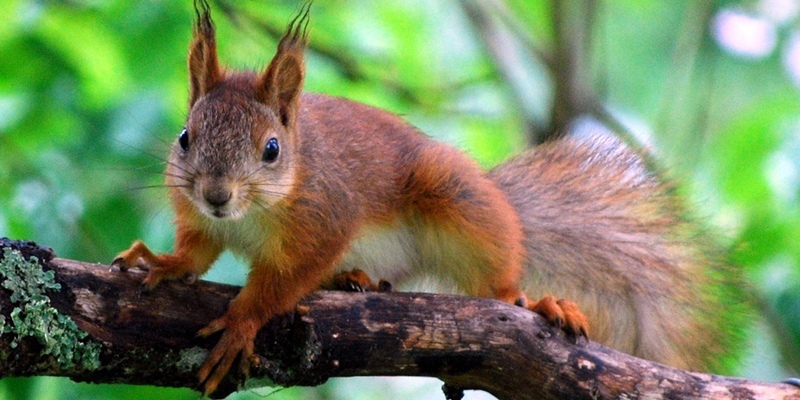A concerted effort to save one of Scotland’s best-loved native species appears to be bearing fruit.
The Scottish Wildlife Trust has been the driving force behind moves to protect red squirrels from habitat destruction and the invasion of their non-native grey cousins.
Red squirrels used to be able to travel from one side of the country to the other without touching the ground but loss of habitat and the encroachment of greys have made that impossible.
Loch of the Lowes reserve, near Dunkeld, is being promoted as the best place to see the animals with a boost in numbers this year.
Feeding stations have been set up where the normally shy creatures have been happy to munch on nuts, seeds and peanut butter as visitors watch.’Word of squirrel mouth’A trust spokesman said: ”There seems to have been an increase in the number of red squirrels at Loch of the Lowes and they have been more visible this year up to eight at a time.
”We have rangers all over and it is definitely the best place to see them up close and get some pictures at the moment.
”There has been nothing in particular done over the last couple of years to attract them, maybe it’s just word of squirrel mouth.
”But the statistics show increases in numbers in the North East and we’re hoping for the same in Tayside.
”The rangers have been stopping greys getting North of the central belt and it seems to be working because there are more reds.”
The more aggressive grey squirrels, introduced by the Victorians from North America as a novelty, are larger than the native species and carry a pox which is deadly to the reds.
Photo used under a Creative Commons licence courtesy of Flickr user Dave_S.
